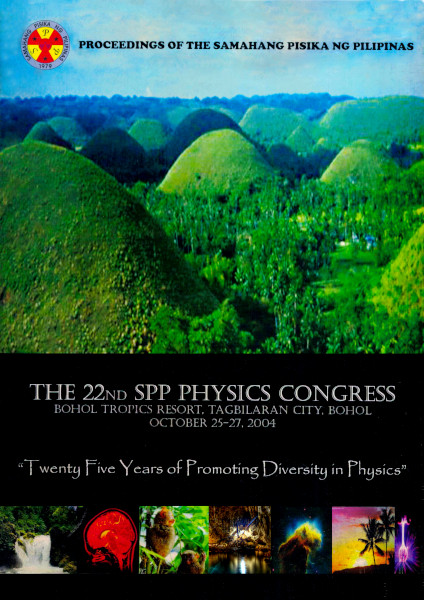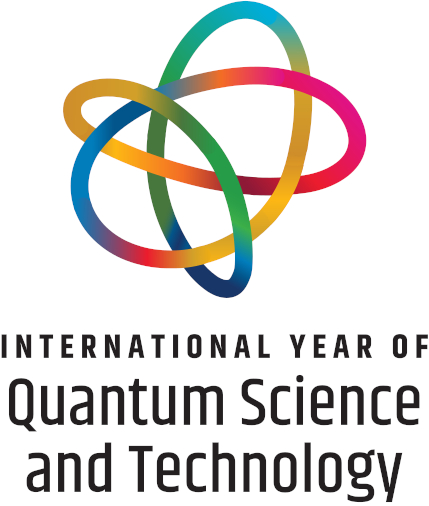Urban aerosol depolarization ratio evolution from horizontal LIDAR measurements
Abstract
Urban aerosol depolarization ratio (δ) measurements were made in Manila, Philippines using the 532 nm channel of the De La Salle University (DLSU) scanning Mie LIDAR system oriented horizontally. Measurements were taken days before, during and days after the traditional New Year's Eve fireworks. The evolution of δ and the effect of vehicular traffic along with the use of firecrackers was investigated. Results for the days before and after New Year's Eve show that the evolution of δ depends not only on the volume of vehicular traffic but also on the existing meteorological conditions. Although not available at this time, data was taken for hot and humid conditions up to cold and windy situations. Urban aerosols detected during New Year's Eve can be attributed to firecrackers used while vehicular traffic was the main aerosol source for other days.
Downloads
Issue
Twenty five years of promoting diversity in physics
25-27 October 2004, Tagbilaran City, Bohol











